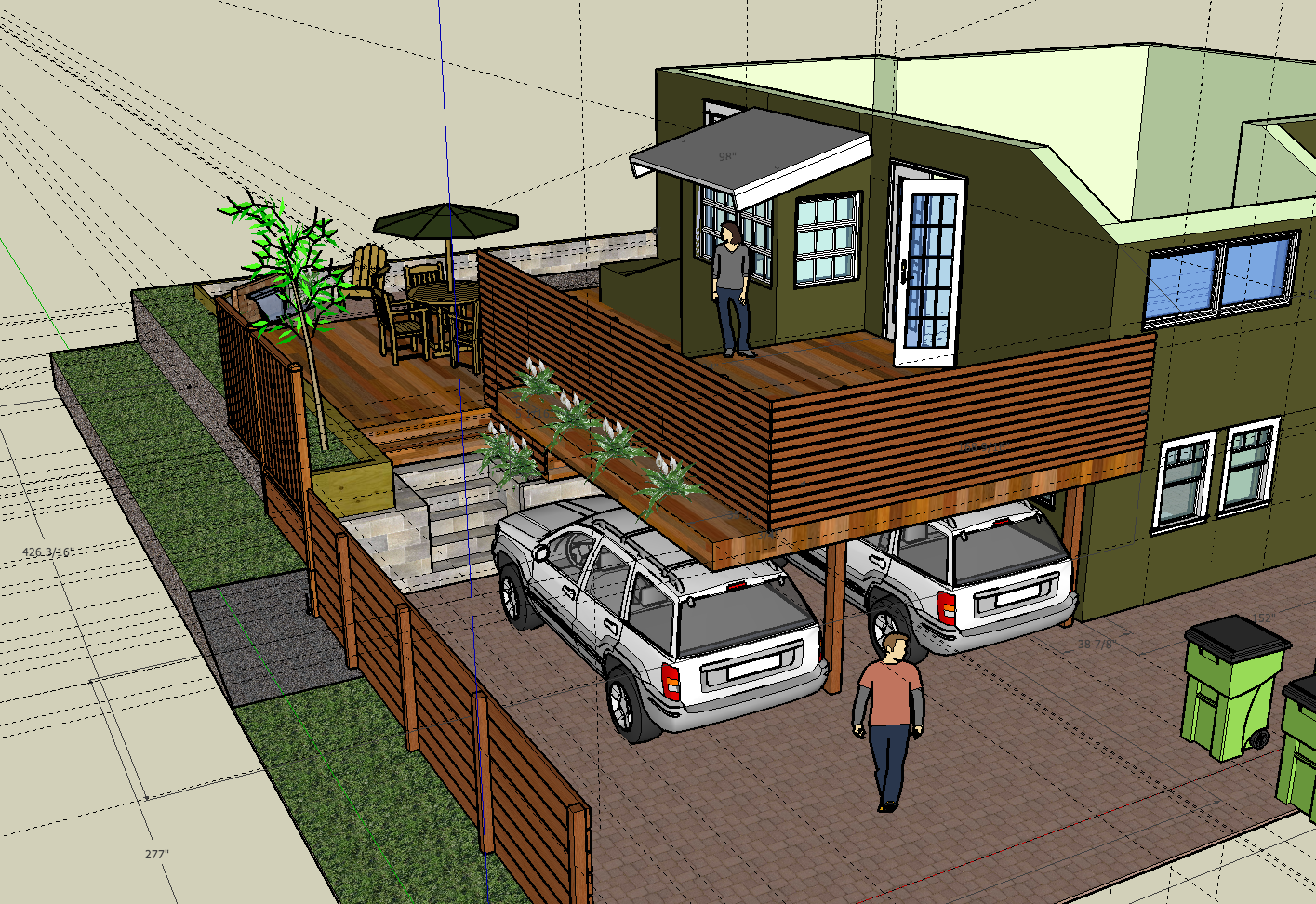BA2 explain the purpose and target audience for an example database and differentiate between data and information
STARTER:
What type of website is the iTunes Store...? Discuss with your partner
- How is it used?
- What is it used for?
- How is it different to a 'normal' website?
18061954
What does this number mean?
KEY TERMS: Is this number currently
DATA or
INFORMATION? What would help it change into one or the other...?
TASK 1:
‘Flesh out’ this scenario. Who are their customers? What sort of clothes do their customers like? Why do their customers need/want a personal shopper?
Decide on an audience profile and fill in the Audience Profile Form.doc (O:\ICT\GCSE ICT Year 10 2013\SB1 FEN\Lesson 1 Using a database).
Save this profile in your user area. (Create a new folder called SB1 for this block of work).
TASK 2: Adding
Copy & Paste the Database "fashion_V2000" to your own area!
Have a go at adding at least 3 new clothes items and 2 new suppliers.
Does this work first time? If not, why not? What did you do about it?
Screenshot the records you have added and paste them into a new document, explaining how you went about doing this and also answering the questions above if appropriate.
Save this as Database Theory
TASK 3: Searching
The following people have approached your online personal shopper Clothes4U business and have requested that you find them clothing items:
- Mrs Brown wants an evening dress. Her budget is £500, but she hope to get away with spending less.
- Jon wants to spend his birthday money (£100) on an item of sports gear.
- Anja needs a list of the email addresses and phone numbers of companies that stock T-shirts.
Add these
6 screenshots to your ongoing document
MAKE SURE YOU HAVE ALL 3 SAVED!
KEY TERMS:
- Flat File Database and Relational Database - what do they mean?
- Validation - how does it work? what does it do?
TASK 4: Reporting
Create
3 reports that present the results of your queries in a more formal way. Consider:
- Lost data/headings
- Layout - Portrait or Landscape?
- Suitable Title for each - "Report to show..."
- Try to get your reports to fit to one page (width ways at least)
TASK 5: Customising
Find a suitable image from the internet and add this to the
header of your Report(s).
When the reports are suitbale to print, print all three.
Complete any outstanding screenshots/annotations in your ongoing document and print this too.
EXT:
Explain in detail how different search criteria works:
- =100
- < or > 100
- <= or => 100
- Between 50 And 100
- Like "*T-Shirt*"
Also explain the significance of searching across a
Relational Database
You should have:
- Audience Profile Form
- Screenshots (including Adding Data, Errors, Queries) plus annotation
- Three completed reports
- Search criteria definitions
- Homework
HWK:
ShowMyHomework.co.uk - Uses of a Database



















































